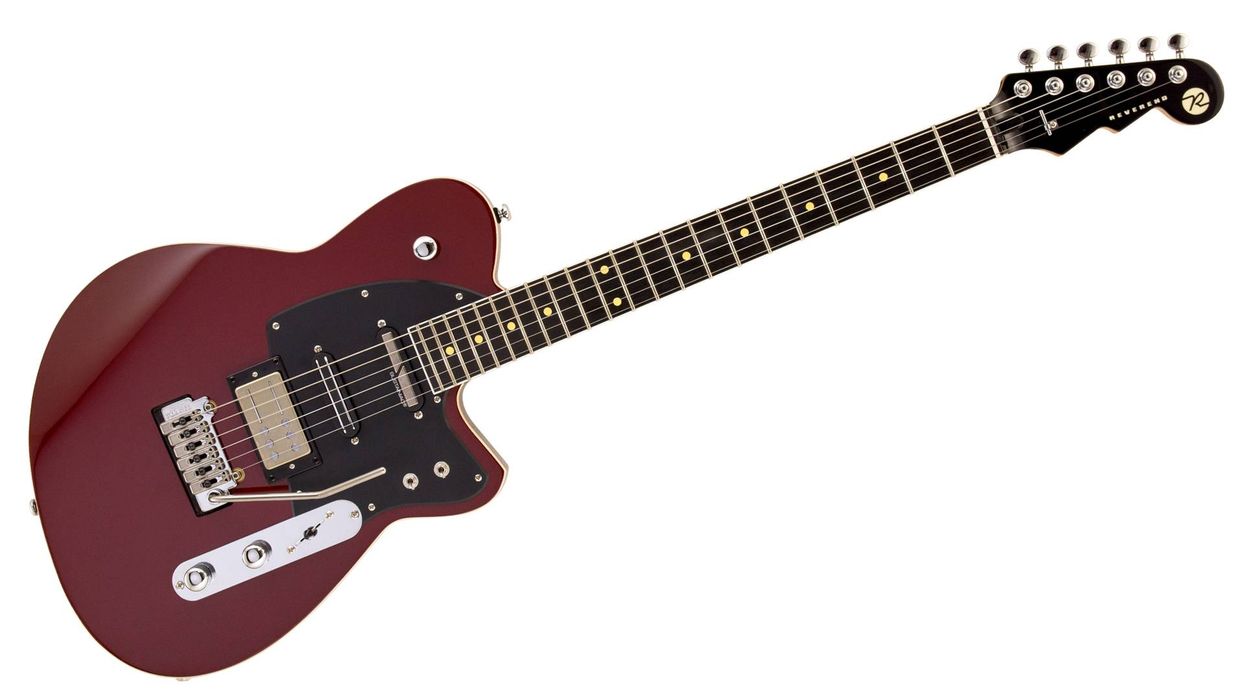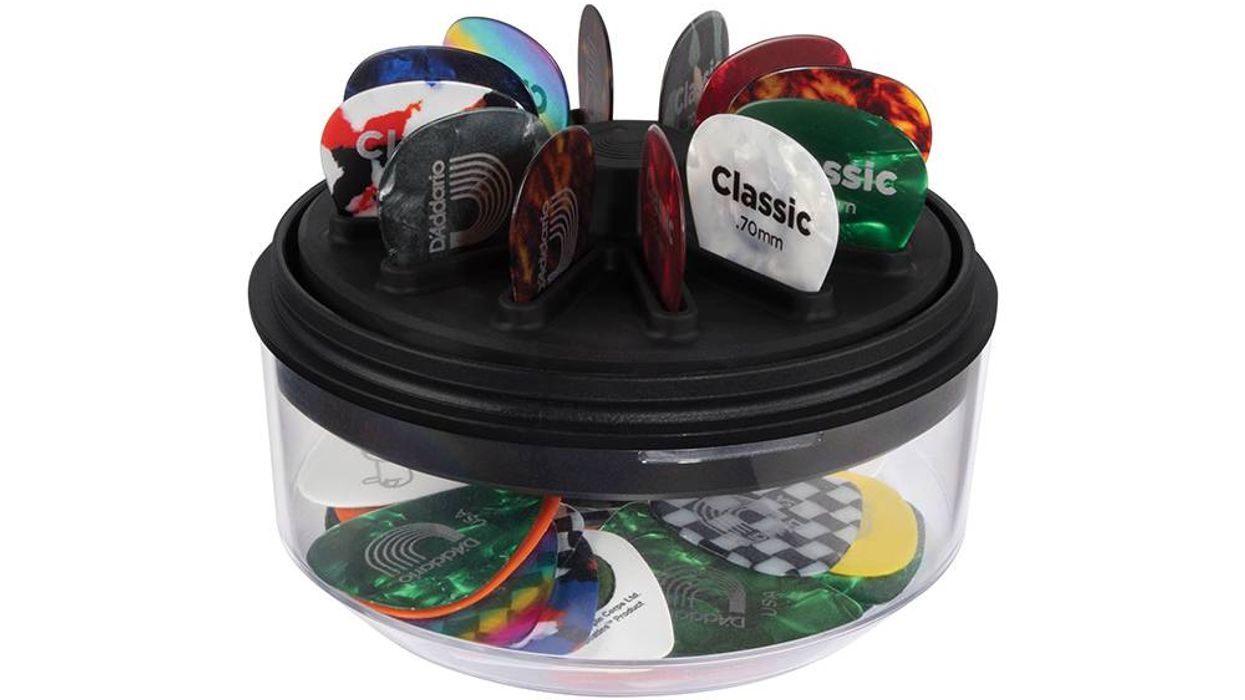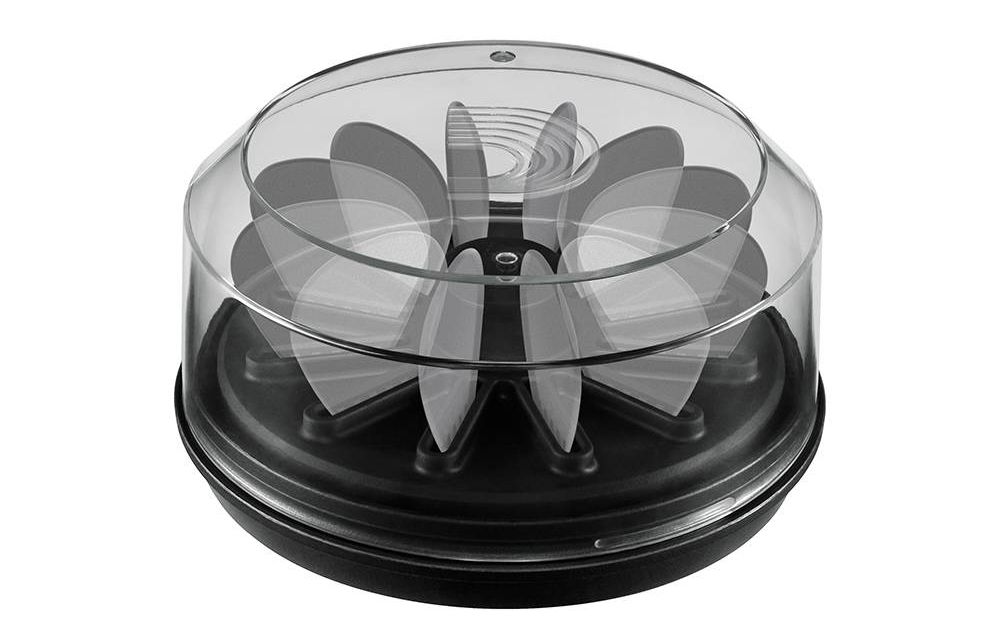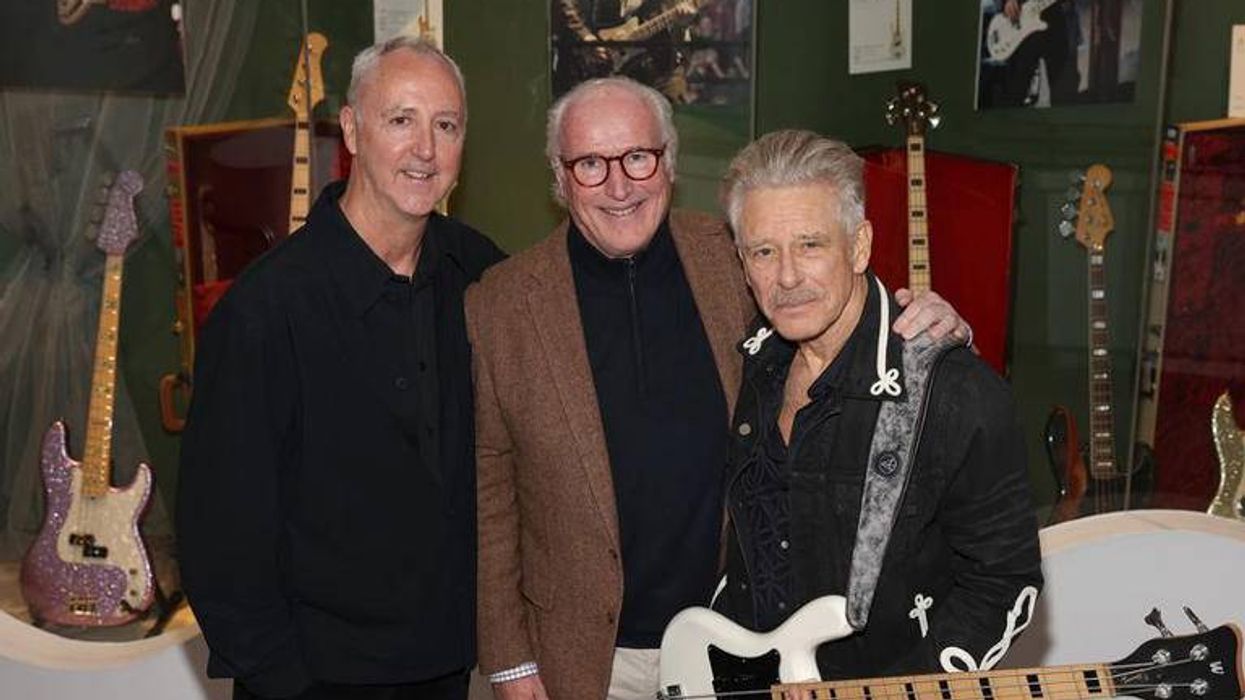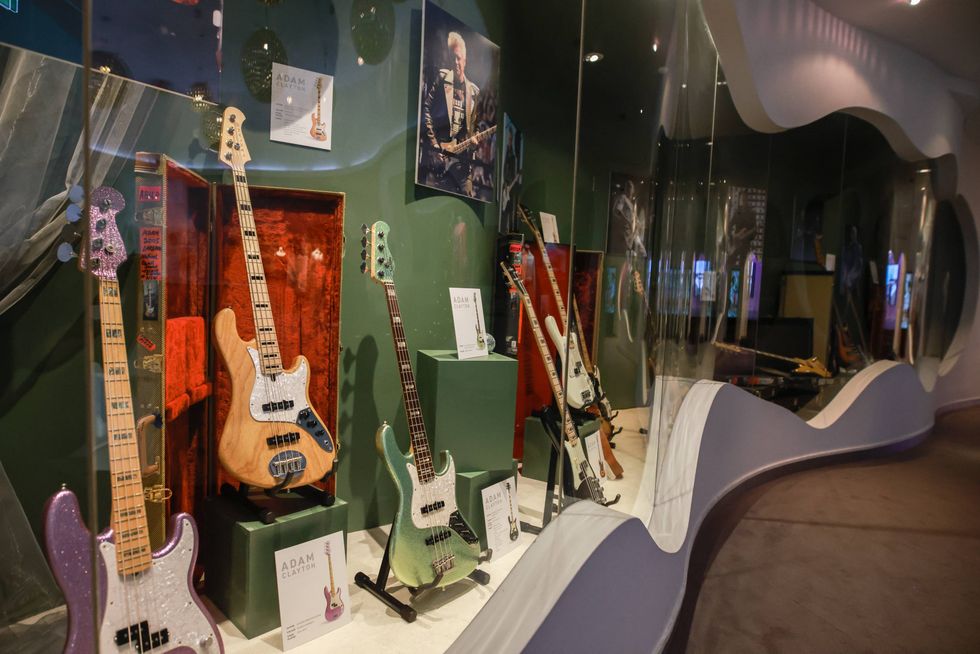LegendaryTones today announced production availability of its new HOT MOD V2 EVO, a 100% pure-tube module designed to deliver expanded high-gain capabilities for many classic Marshall amplifiers. Using a duet of 12AX7 tubes, the HOT MOD V2 EVO replaces the single V2 tube in the amp and adds two high-gain options and a bass boost/cut control. The HOT MOD V2 EVO adds the gain directly to the amp which helps it deliver greater note articulation and lower noise then pedals could while also further increasing sustain.
The HOT MOD V2 EVO installs in minutes and requires no special tools or re-biasing of the amplifier. Simply insert the module into the V2 preamp position and immediately get the benefit of enjoying a hot-rodded amp that delivers all the pure harmonic character that comes with an added pure-tube gain stage.
The two-position Gain switch provides two high-gain settings. In the down position, more sustain and crunch, in the up position, added compression with more fullness. The two-position Bass switch was incorporated to provide a bass boost when up and adds warmth while in the down position the low end is tightened.
Each HOT MOD V2 is individually wired by hand in the U.S.A using premium-grade materials and is equipped with a pair of JJ ECC83 (12AX7) tubes.The HOT MOD V2 is available to order for $199 at Motor City Guitar (motorcityguitar.com) or at www.legendarytones.com.
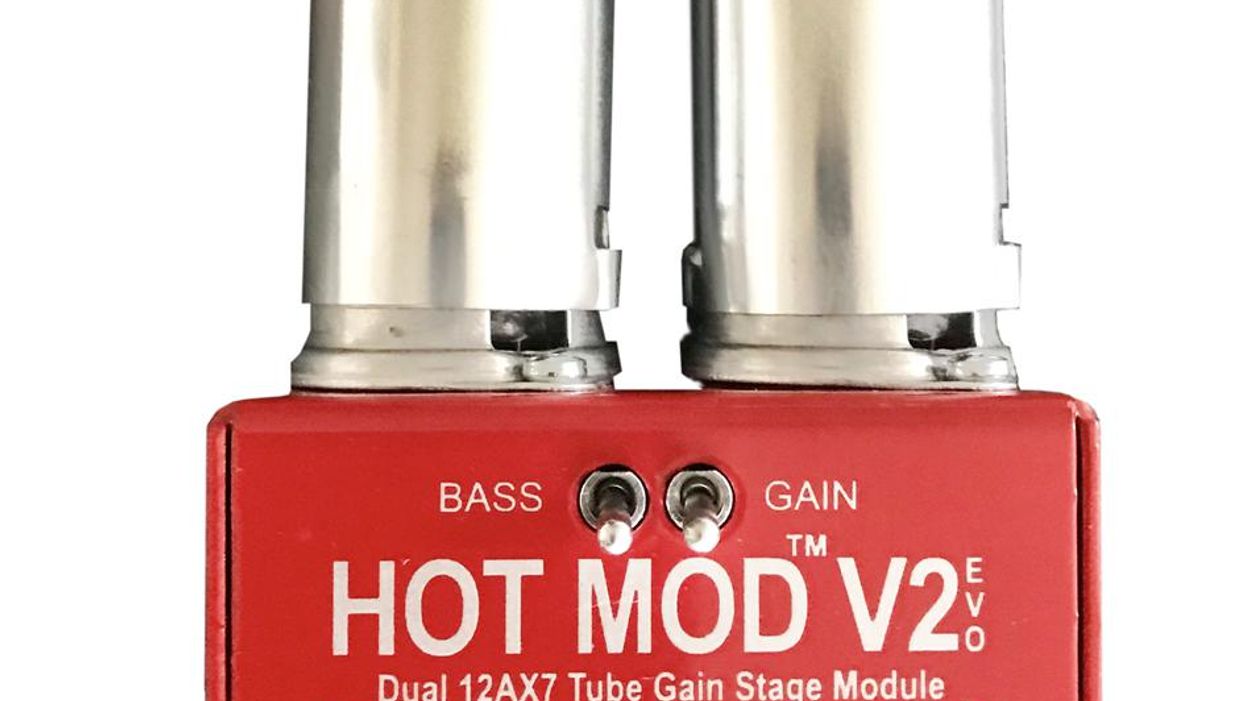
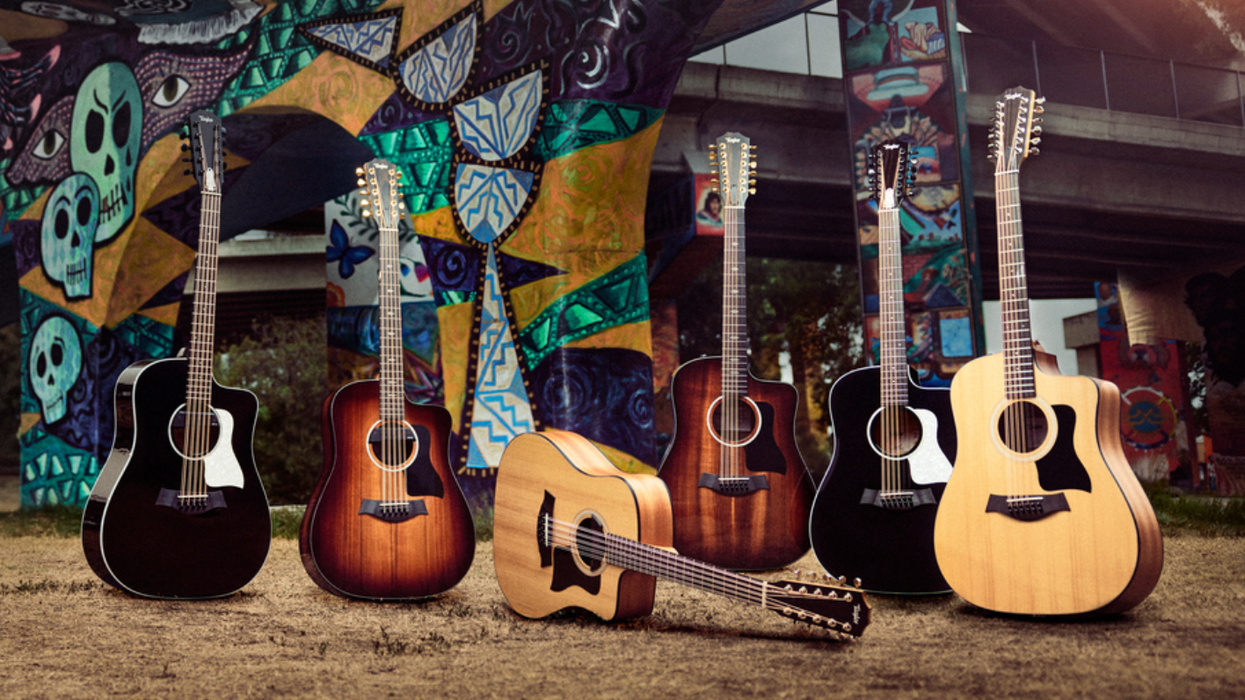
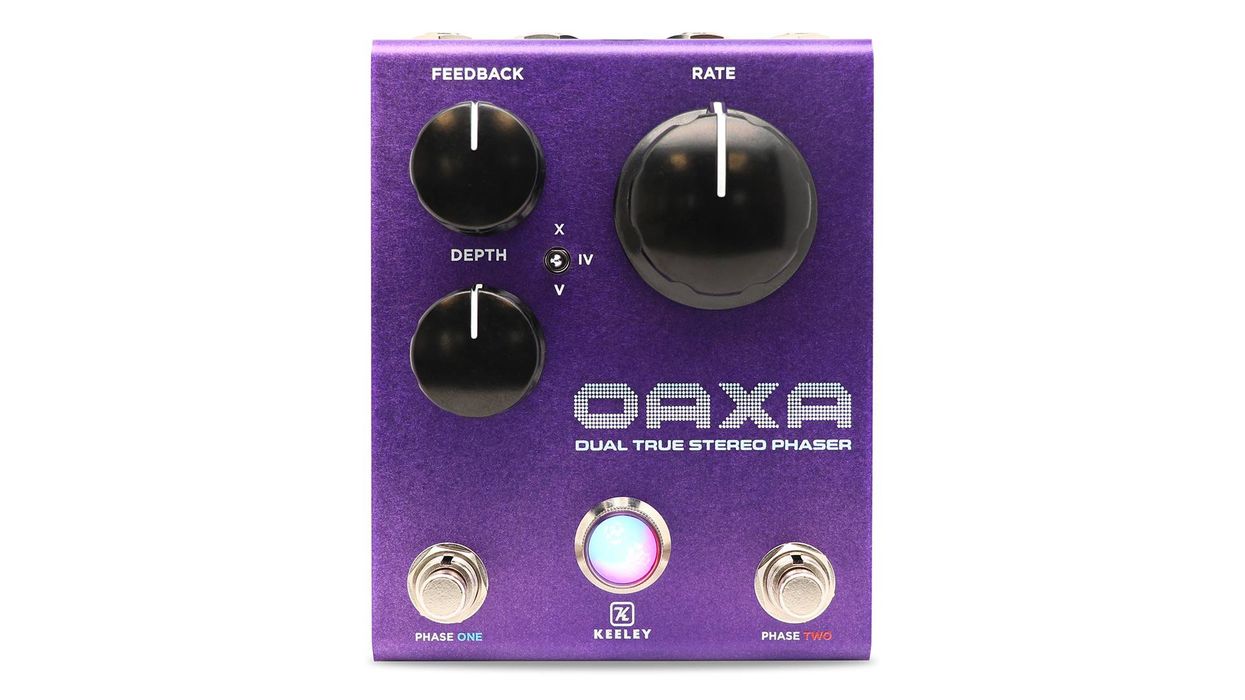
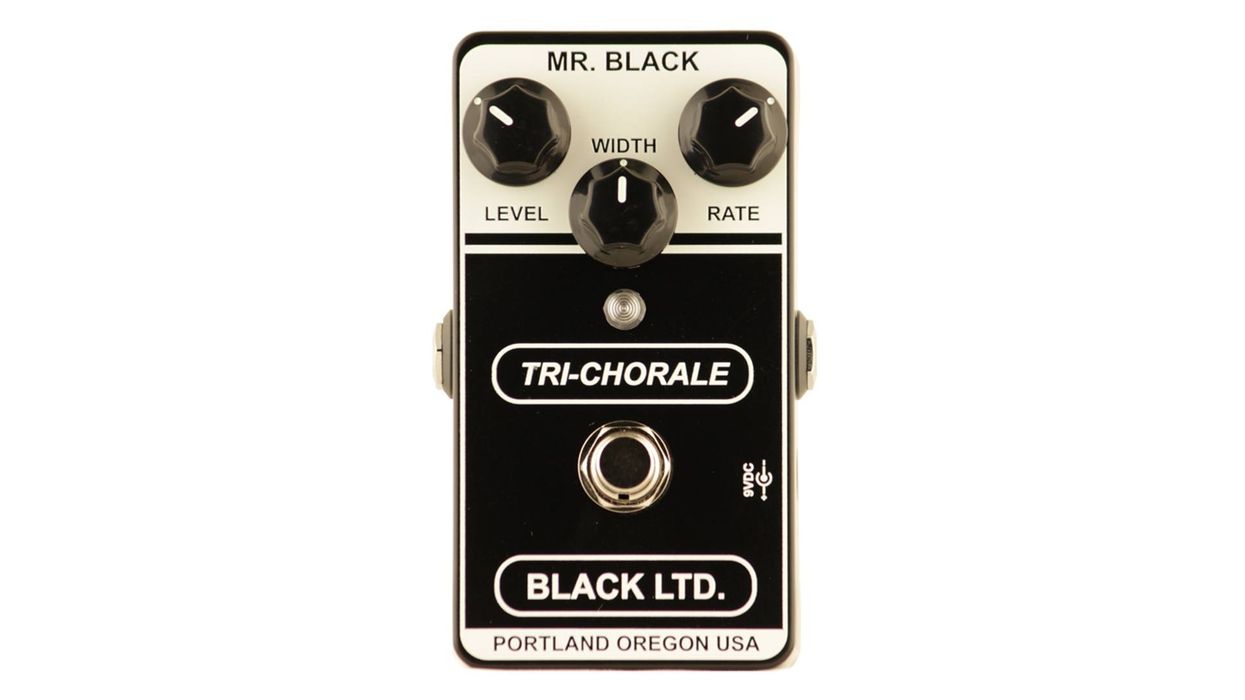
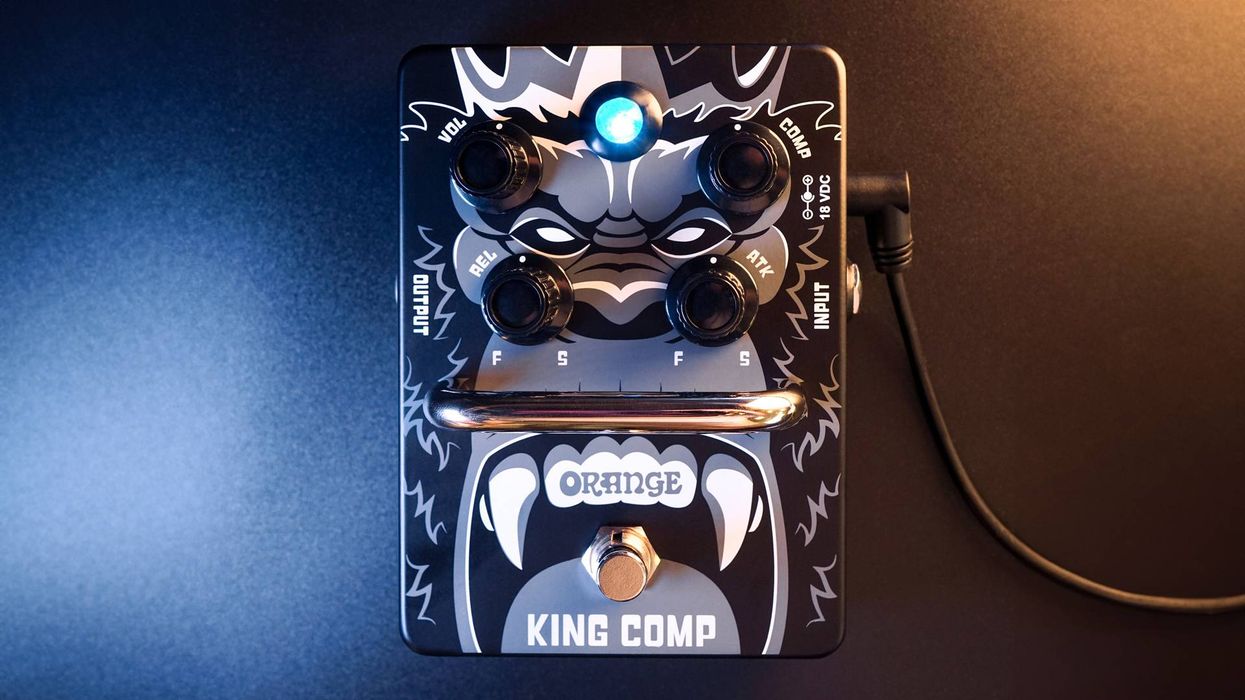
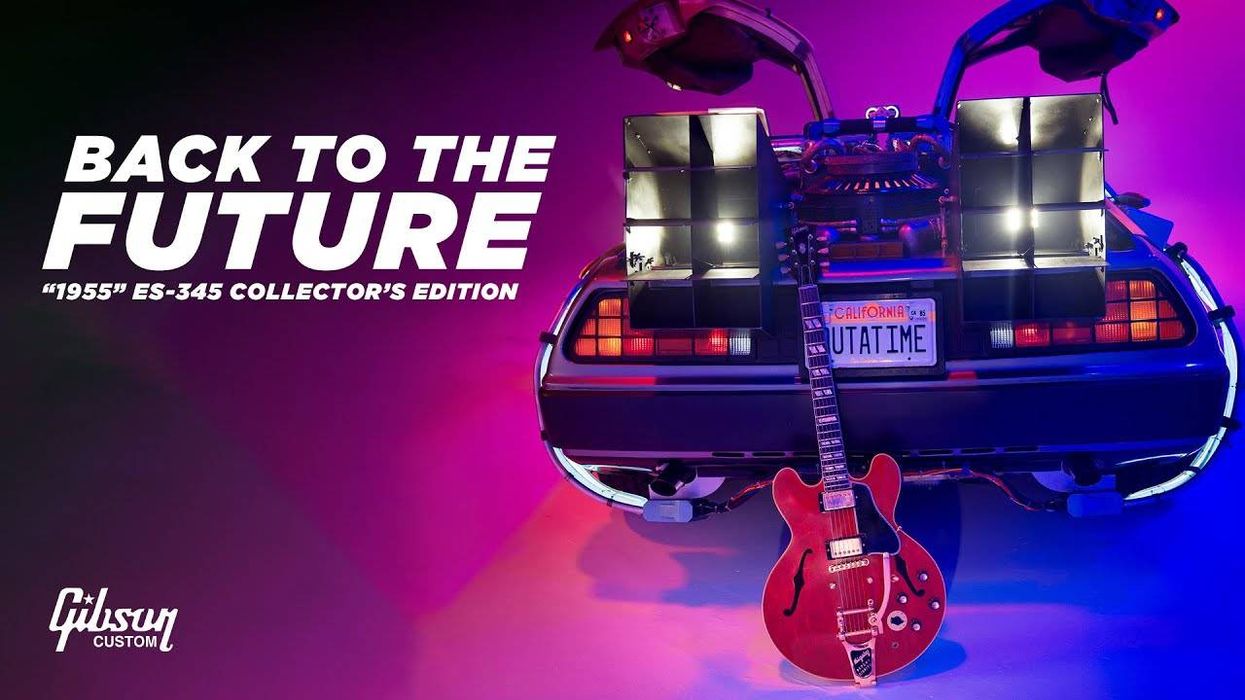
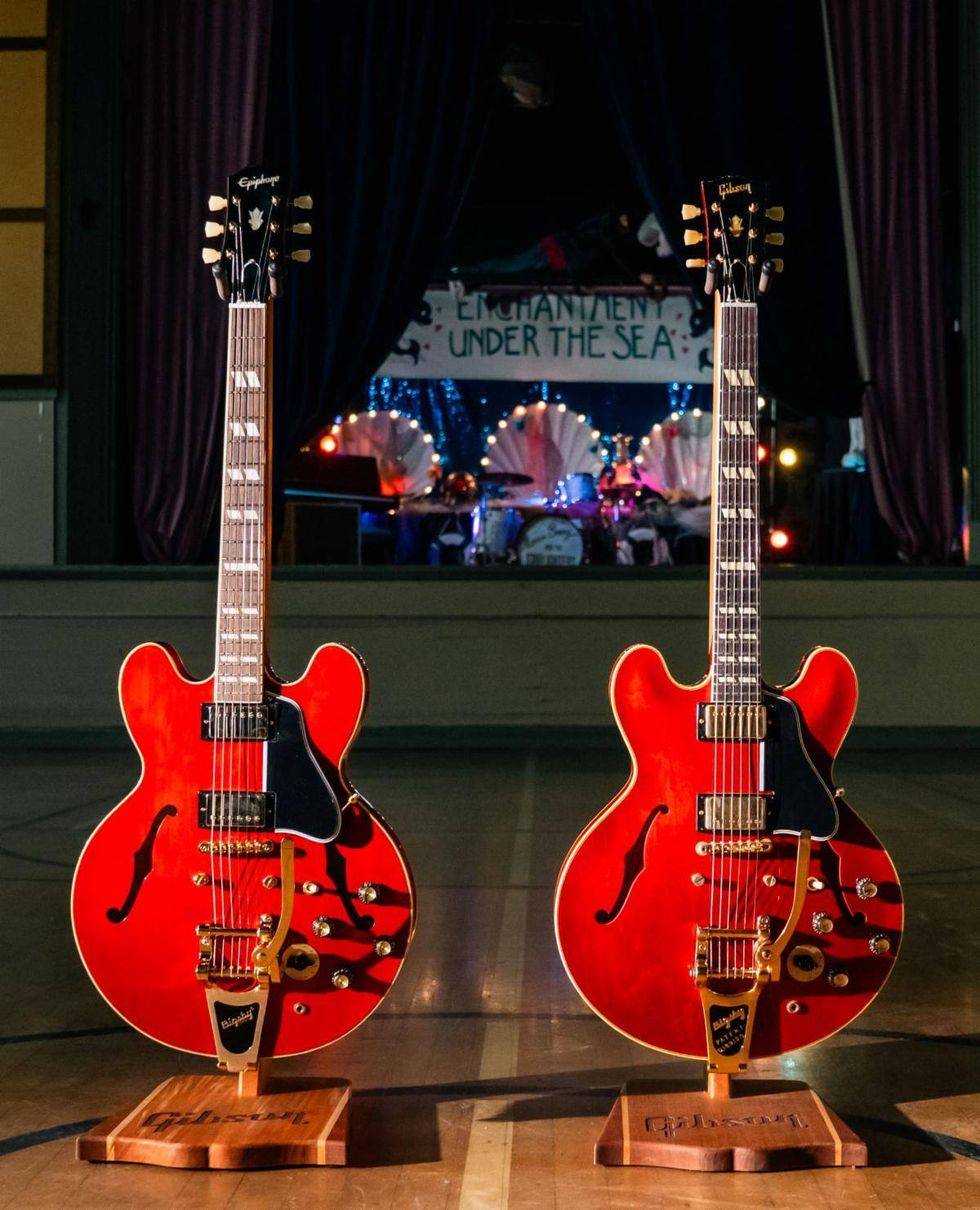
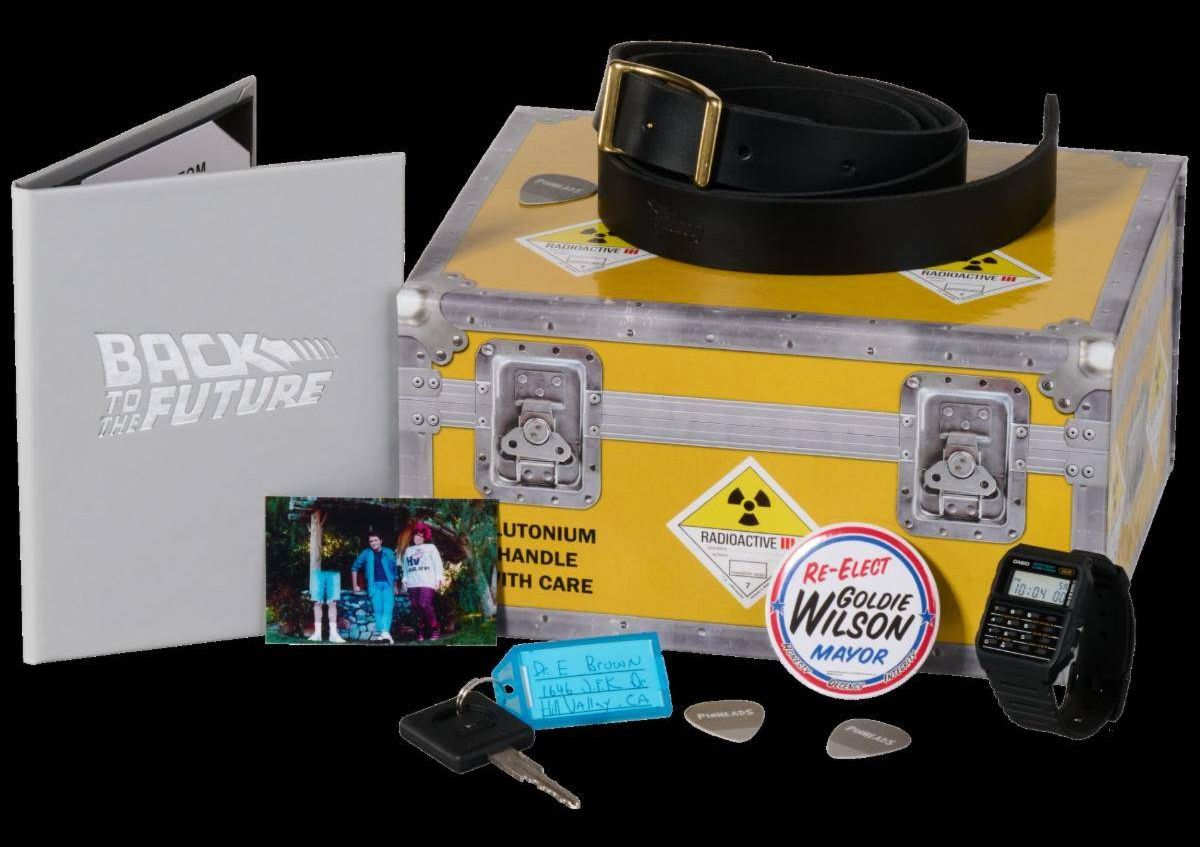
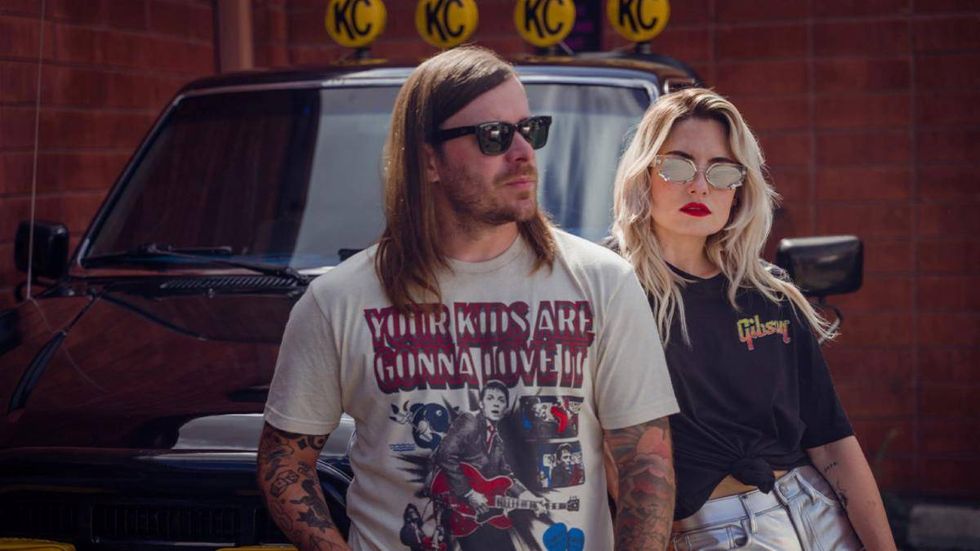
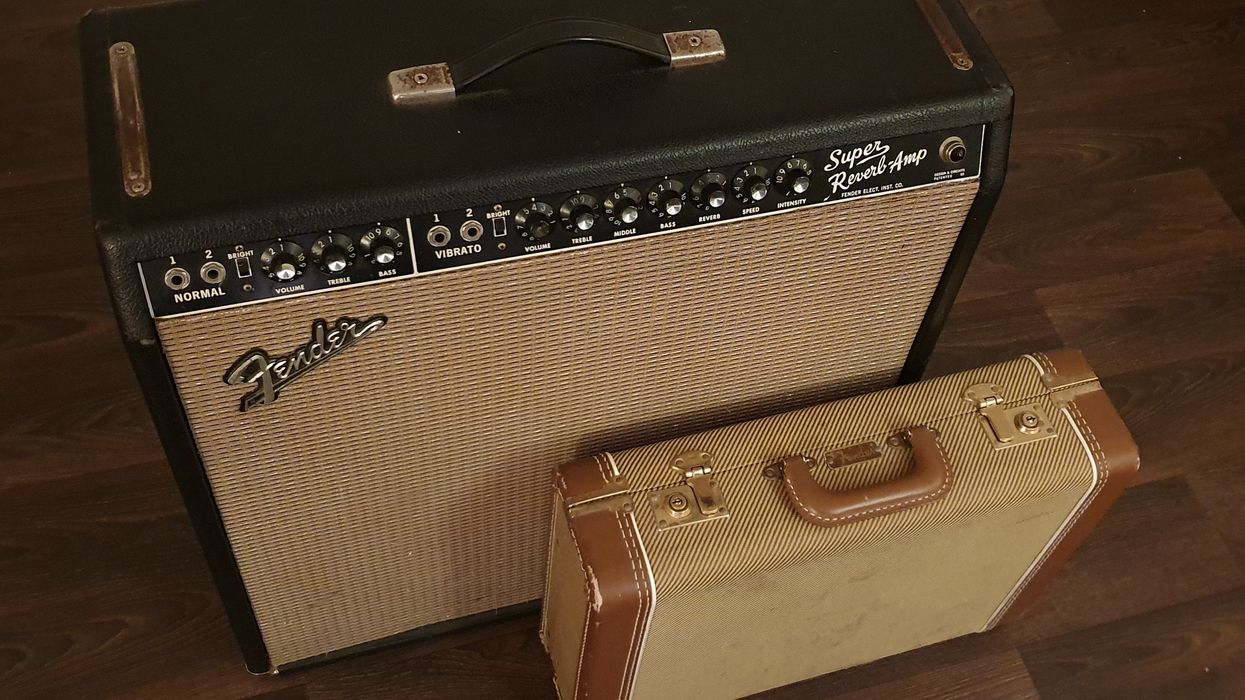
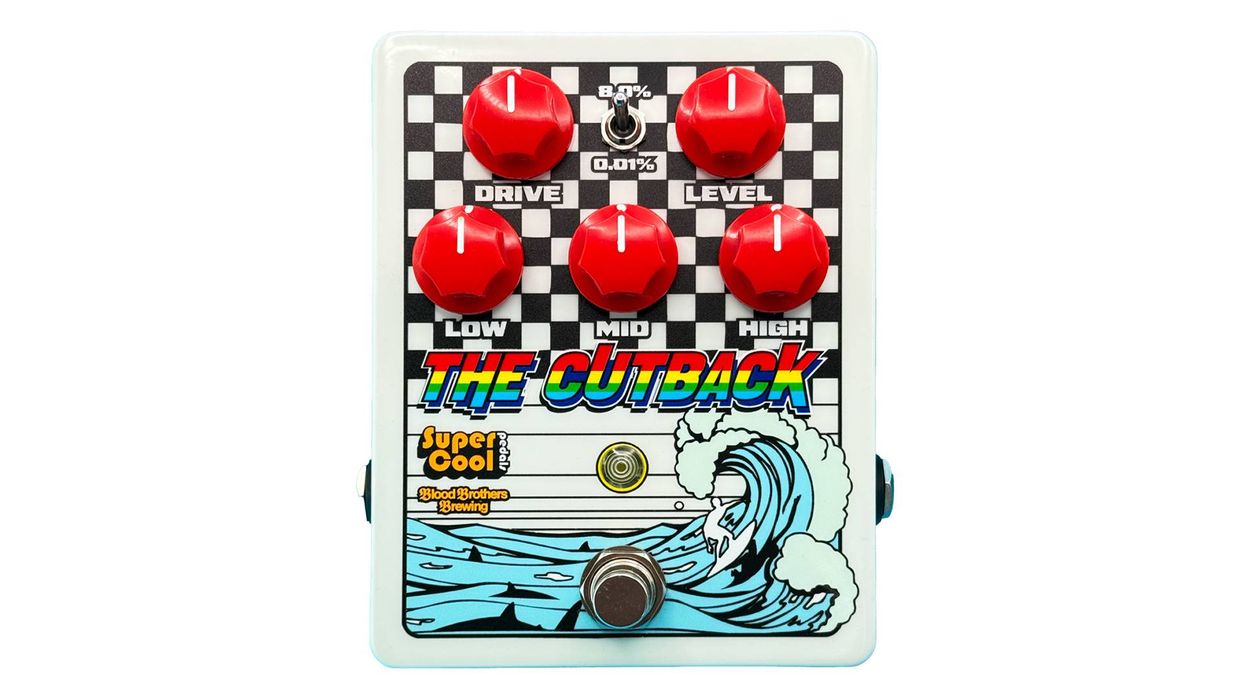
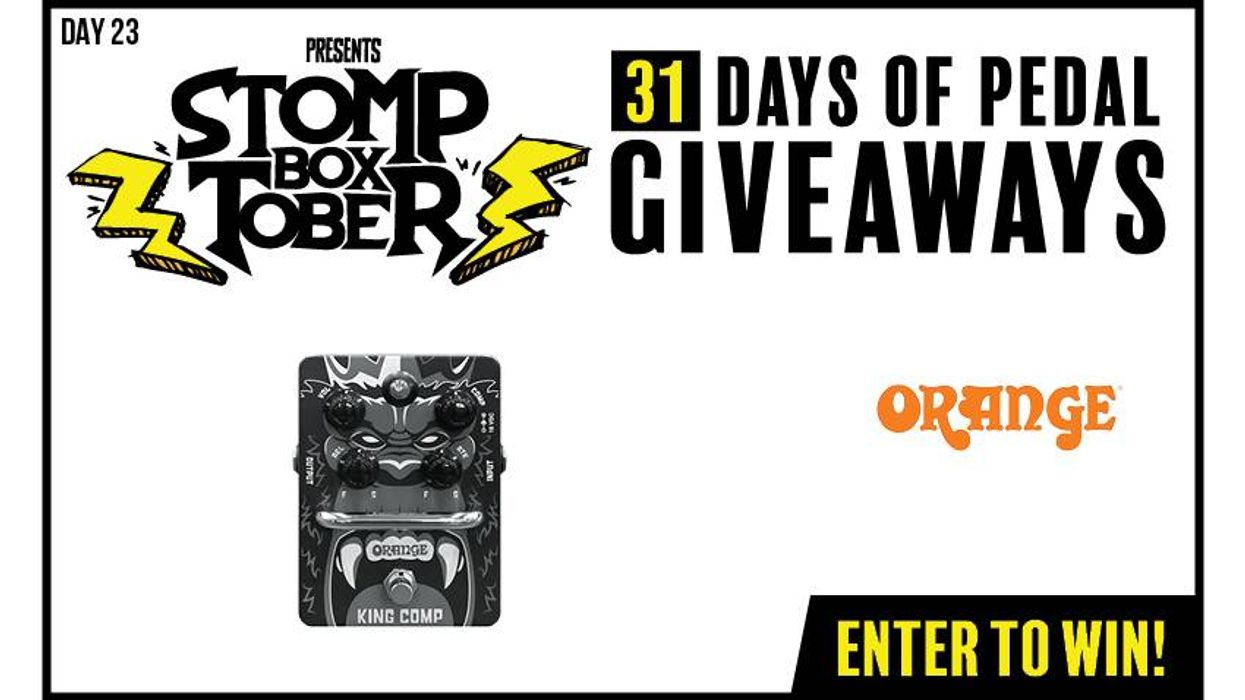
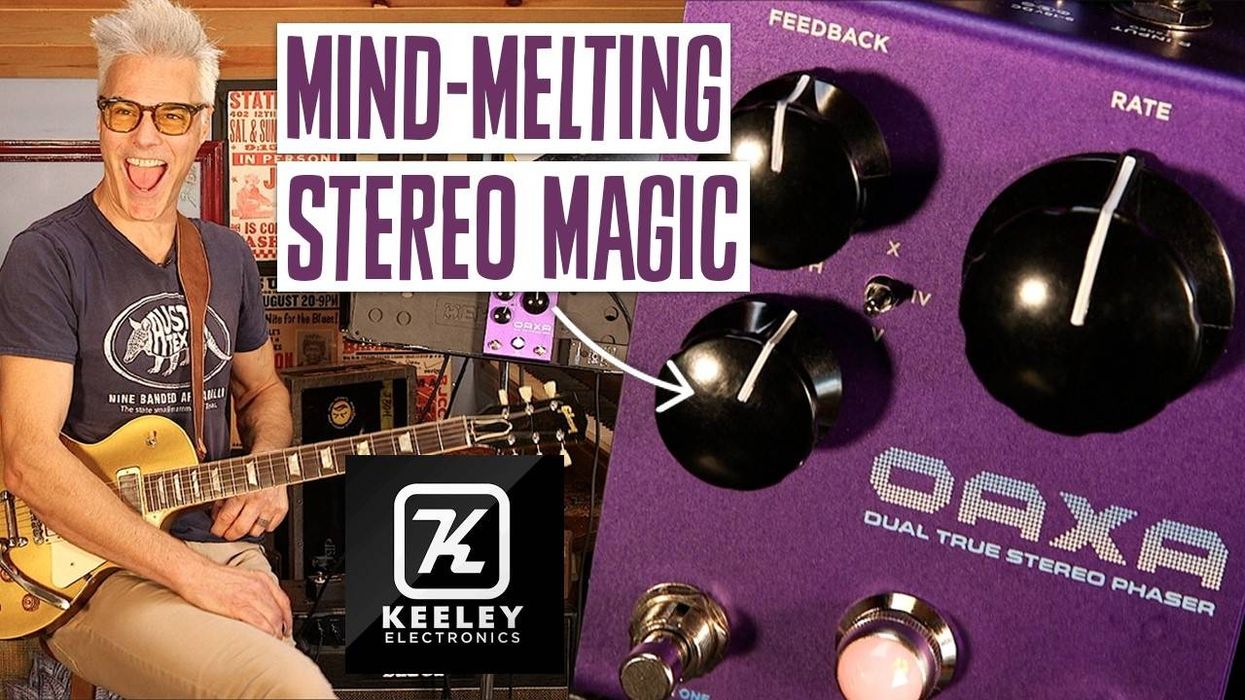
![Devon Eisenbarger [Katy Perry] Rig Rundown](https://www.premierguitar.com/media-library/youtube.jpg?id=61774583&width=1245&height=700&quality=70&coordinates=0%2C0%2C0%2C0)

